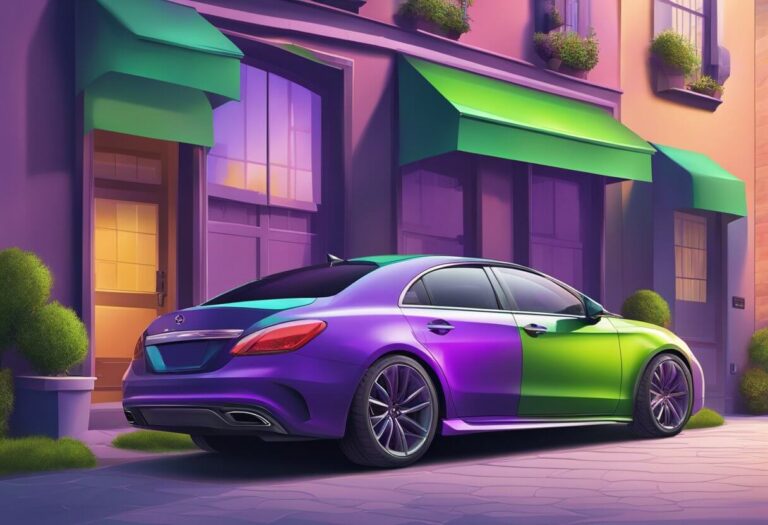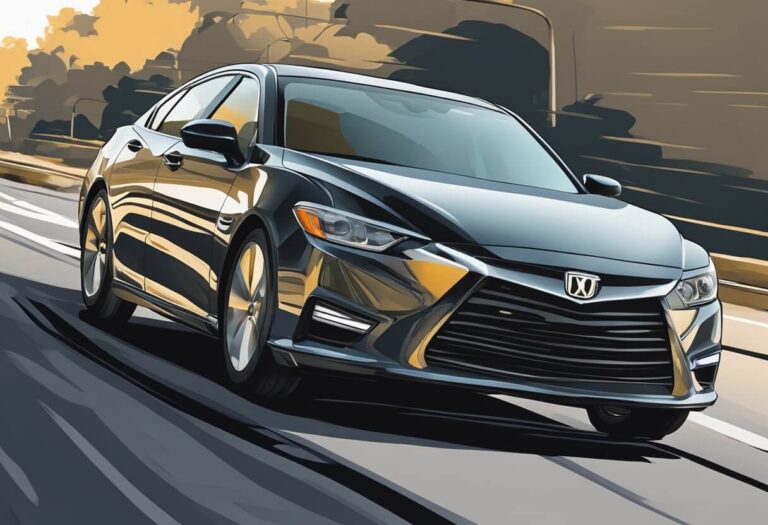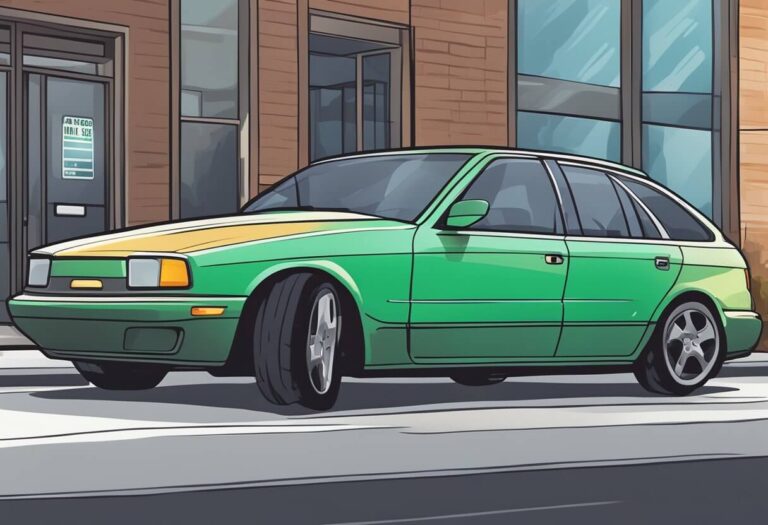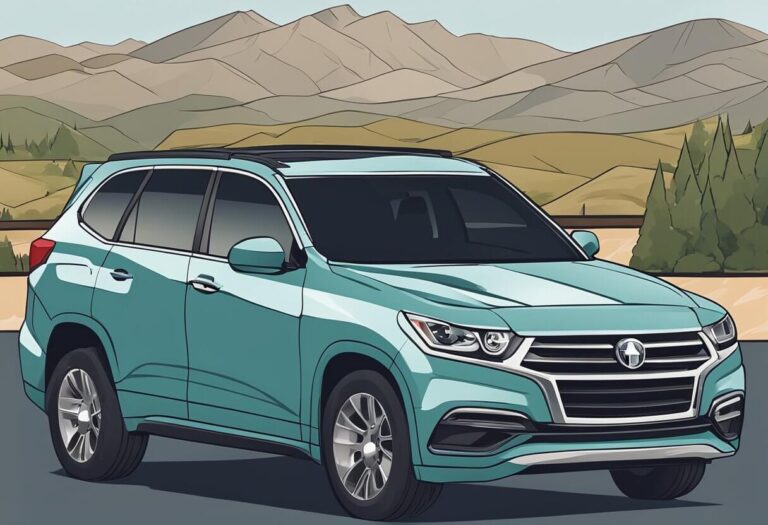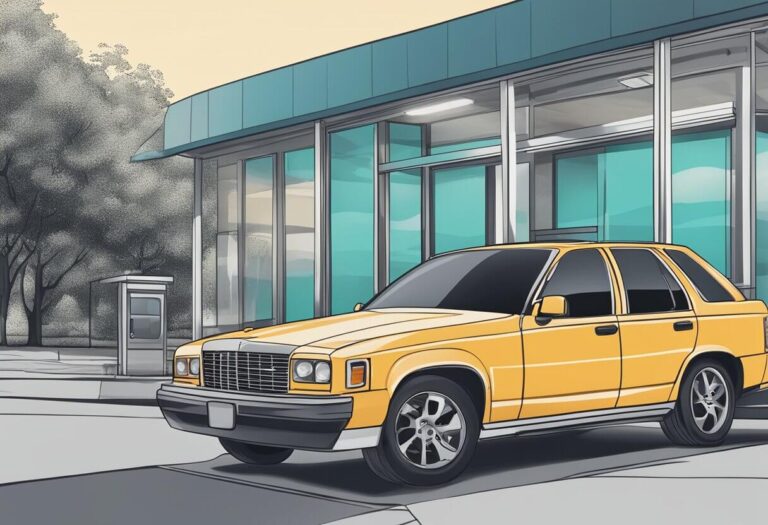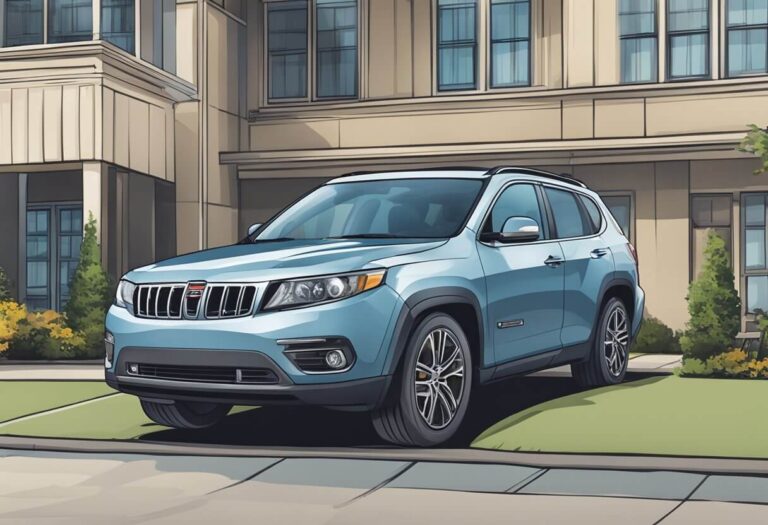What is the Legal Tint in North Carolina? Facts on 2024 Tint Laws

Driving down the street, you may notice some cars with extra dark tinted windows, barely allowing you to see inside. Or perhaps you’re considering getting your own windows tinted to cut down on sun glare and get more privacy. But is there a legal limit for window tint in North Carolina? And what happens if you go darker than what’s allowed?
The short answer is yes – North Carolina does place legal restrictions on how dark your car’s window tint can be. Exactly how dark depends on your vehicle type, with separate rules for passenger cars versus vans, trucks and SUVs. There are also medical exemptions allowing darker tint available in certain cases.
Throughout this comprehensive guide, we’ll cover all the specifics on legal tint levels in NC, including:
- Tint darkness limits for different vehicle types
- Reflectivity and color rules
- Medical exemptions for darker tint
- Consequences for violating the NC tint law
- And more…
Gaining a clear understanding of North Carolina’s window tint law will ensure you stay compliant, avoid fines or charges, and can cruise around legally with just the right amount of tint for your needs. So let’s get to it!
What is Considered Legal Tint Darkness in North Carolina?
The first thing to know about North Carolina’s window tint law is that legal limits on darkness are determined by a rating called VLT – visible light transmission.
VLT percentage measures how much light can pass through your vehicle’s tinted windows. So the lower the VLT, the darker your films are, blocking more light from entering the car.
Tint darkness rules set by the state depend on whether you drive a regular passenger vehicle or a multipurpose vehicle:
Legal Tint Levels for Cars, Coupes, Sedans & Wagons
If you drive a standard car, coupe, sedan or station wagon, North Carolina window tint regulations say you must allow at least 35% VLT into your vehicle through the front side windows, back side windows, and rear window.
This means a darkness level of about 35% is the darkest legal tint allowed on those windows. Going to 20%, 5% or any darker block-out films would violate NC law.
Legal Tint Levels for Vans, Trucks & SUVs
For larger multipurpose vehicles like vans, trucks and SUVs, the NC tint law gives you more flexibility for certain windows:
- Front Side Windows: Still limited to 35% VLT tint
- Back Side and Rear Windows: Can have any level of window tint darkness
So if you drive an SUV or pickup in North Carolina, you can have completely blacked-out privacy glass on your rear doors, cargo area windows and back windshield if you choose, giving you privacy while blocking heat.
Just keep in mind that same 35% VLT rule still applies to the driver and front passenger windows in any vehicle type.
Does North Carolina Restrict Tint Reflectivity?
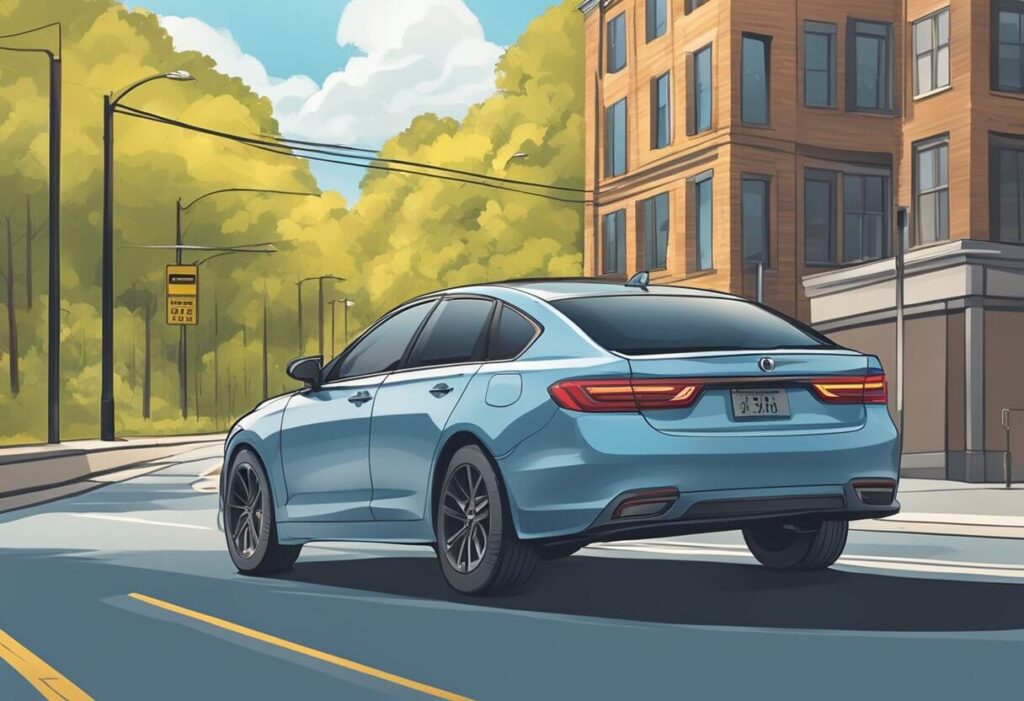
Beyond simple darkness, North Carolina also regulates how reflective your window tint can be with an important rule:
Your car’s side and rear window films cannot reflect more than 20% of light.
This helps ensure other motorists can still partially see inside your car during the daytime, while allowing you to have reasonably dark privacy films.
The only exception is your windshield, where NC law only permits non-reflective tints to be applied along the top few inches.
So when researching window films, pay attention to the reflectivity rating alongside the VLT percentage.
What Window Tint Colors Are Illegal in NC?
Most modern films use a neutral charcoal or smoke colored hue, but North Carolina tint laws specifically prohibit certain other colors that could negatively impact visibility:
- Red window tints
- Amber tints
- Yellow tints
Sticking to darker grays, bronzes, silvers or carbon colors will ensure your car window films comply with NC regulations.
And if you do install rear window tint or have it factory installed from the manufacturer, North Carolina requires that your vehicle is equipped with two external side mirrors to maximize visibility surrounding the car.
Can You Get an Exemption for Darker Tint in North Carolina?
Now you may be wondering about those extra dark limo tints you see on some cars driving around NC. How do they legally allow so little interior visibility?
The answer is North Carolina makes special tint exemptions for medical reasons.
If you have a health condition involving skin sensitivity or photophobia, you can submit an application to the NC Division of Motor Vehicles (DMV) to allow darker window films, typically only on your front windshield.
If approved, you’ll receive a medical certificate allowing tint darkness down to 70% VLT on your windshield only.
You’ll also get issued a special sticker to display on your back window alerting police that your vehicle has permission for darker front films.
So in certain qualifying cases where darker tint is deemed a medical necessity, North Carolina does provide a darker tint allowance through proper state channels.
What Happens If You Violate the North Carolina Tint Law?
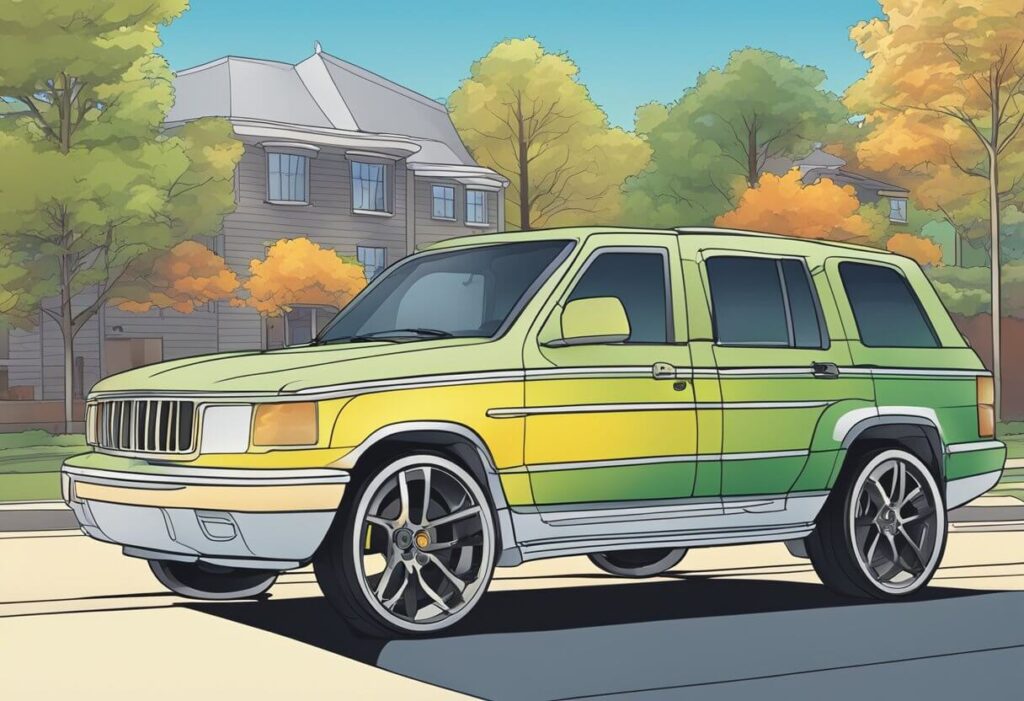
Given North Carolina’s firm window tinting regulations on darkness, reflectivity and color, what happens if you’re ever pulled over with illegal films?
Consequences for breaking NC tint laws can include:
- A repair order requiring film removal
- A misdemeanor charge
- Fines of around $50 plus court fees
Breaking the law repeatedly or refusing to comply with orders to remove excessively dark films can also result in driving privilege suspension in North Carolina.
So before upgrading your existing tint or installing new films, double check you meet all standards for allowable VLT percentages, reflectivity ratings, neutral colors and medical exemption display rules.
Key Takeaways on North Carolina’s Car Window Tint Law
To wrap it up, the main things to remember about NC’s legal tint rules are:
- Passenger vehicles can have 35% VLT films on front, back and rear windows
- SUVs, vans and trucks can have any VLT% on back side and rear windows
- Reflectivity limit is 20% on side and rear windows
- Red, amber or yellow tints are prohibited
- Medical exemptions allow darker front windshield films
Knowing the specifics on darkness levels, reflectivity and colors for your exact vehicle ensures you stay compliant with North Carolina tint regulations.
You’ll enjoy the perks of privacy, UV protection and temperature control while avoiding fines from local law enforcement.
And as always, when in doubt about your current window films or any new tints you plan to install, consult a professional tinter for guidance or check your regional DMV policies to be 100% sure.
Stay cool and legal on the roads of NC!

